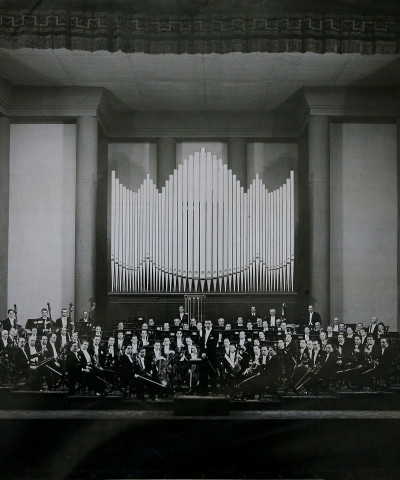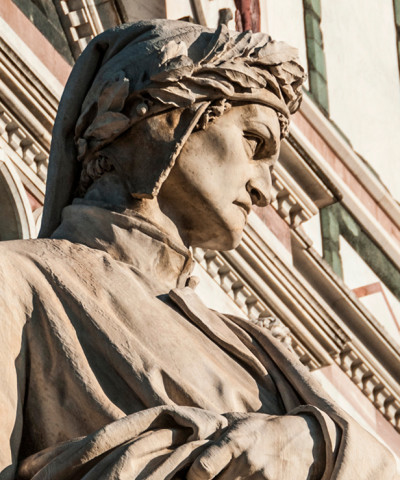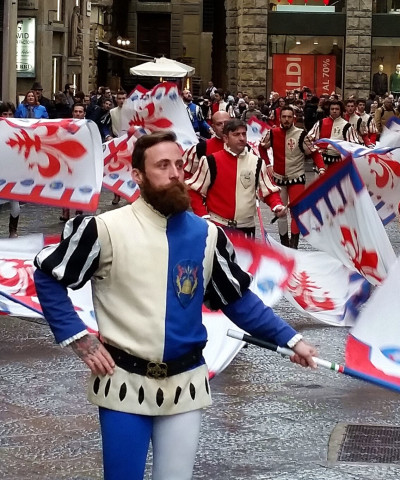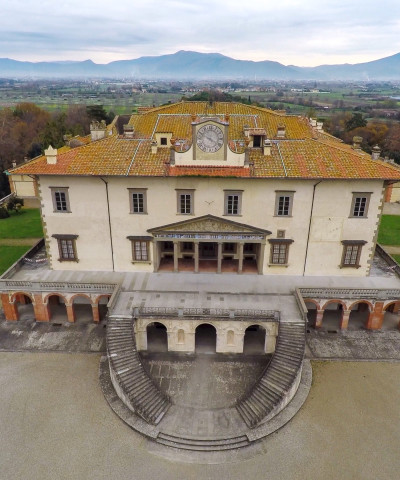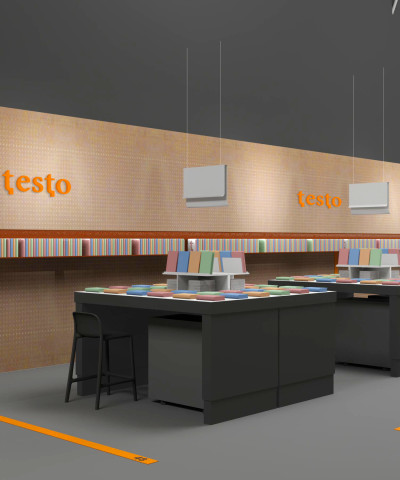The most beautiful and lesser-known coves on the Tuscan islands
A dive into the bluest and most crystal-clear coves of the Tuscan islands
Tuscany is a treasure trove of pearls waiting to be discovered. Its long coastline contains wild inlets, beautiful beaches, uncontaminated landscapes, and also many hidden coves of unusual beauty. The islands are no less beautiful. This is why we want to discover the unmissable gulfs of Elba, Capraia and Giglio.
Island of Elba
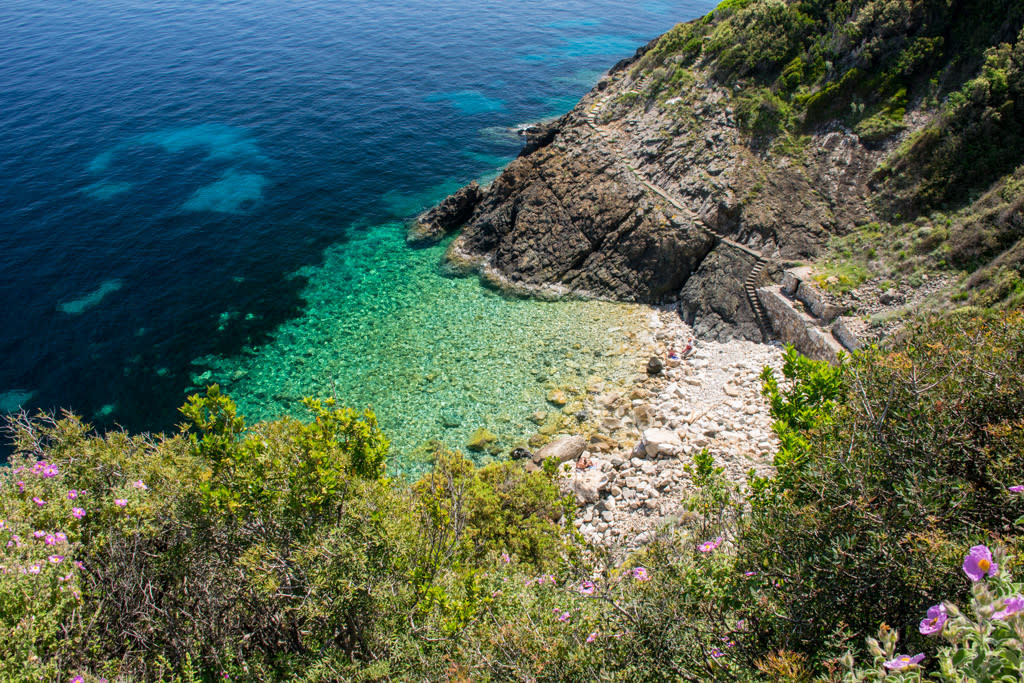 La Crocetta Marciana Marina
La Crocetta Marciana MarinaLa crocetta beach
A small cove near the centre of Marciana Marina. Immersed in the Mediterranean maquis, this hidden and unexpected pearl of Elba can be reached along a rather steep path with steps carved into the rock, thanks to which it is also called the beach of a hundred steps. The effort is worth the scenery, however, because once you get there you will be greeted by crystal-clear water and a seabed made up of light-coloured granite stones. A unique and reserved location for snorkelling or sunbathing.
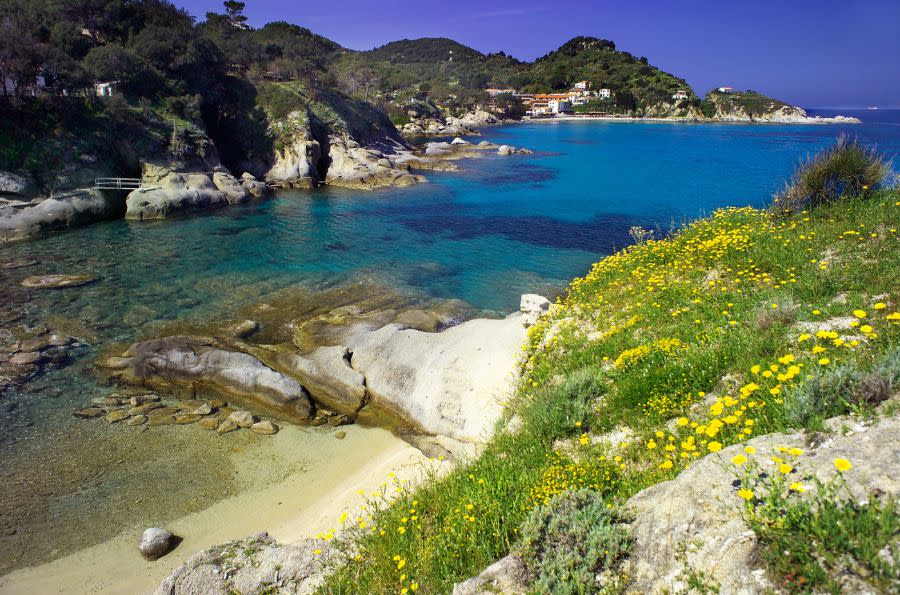 Spiaggia Cotoncello -Marciana Marina
Spiaggia Cotoncello -Marciana Marina
Cala del Cotoncello
Situated in the same gulf as Sant'Andrea but exactly on the opposite side, this light sandy beach opening onto a small inlet is a real pearl of Elba. A bathing "living room" surrounded by smooth white granite cliffs, it offers a corner sheltered from the winds and currents, almost like a natural swimming pool, as the water is rarely choppy.
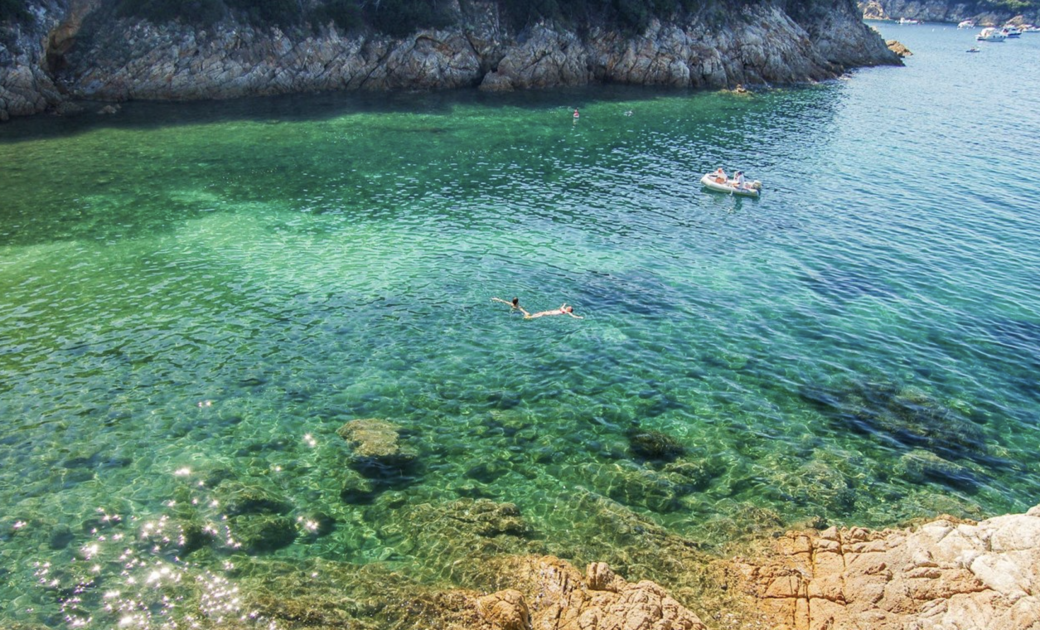 Caletta di Lamaia
Caletta di Lamaia
Cove of Lamaia
A small, wild cove in the municipality of Marciana Marina that can be easily reached via the "Sentiero della Salute" that connects it with the nearby Biodola beach. It has an excellent reef for snorkelling and, being surrounded by rich vegetation, the beach is shaded very early in the afternoon. Recommended especially for those looking for a bit of peace and relaxation in an unspoilt environment.
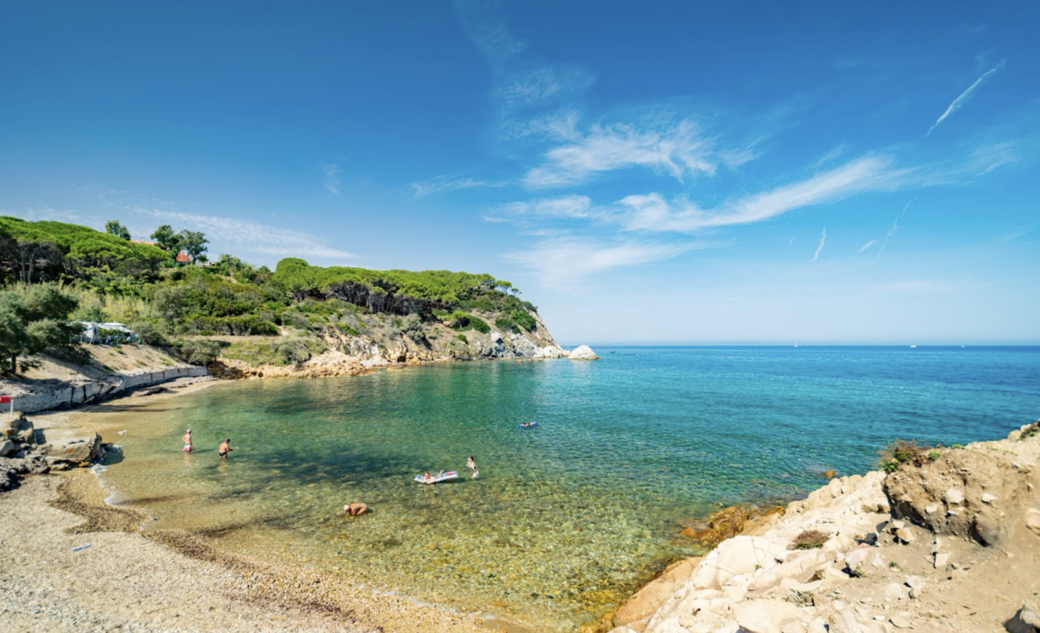 Spiaggia di acquaviva (ph infoelba.it)
Spiaggia di acquaviva (ph infoelba.it)
Acquaviva Beach
The name of the beach probably derives from the presence of a ditch, which is almost always dry in summer and which, with its contributions of gravel and a little sand, has created this lovely beach. The limpidity of the sea, its transparency and tonality make us think that the old inhabitants of Elba, struck by such beauty and vivacity of colour, wanted to use this name to indicate the characteristics of the sea water. The beach is enclosed in a small gulf and surrounded by rich vegetation that reaches the shore.
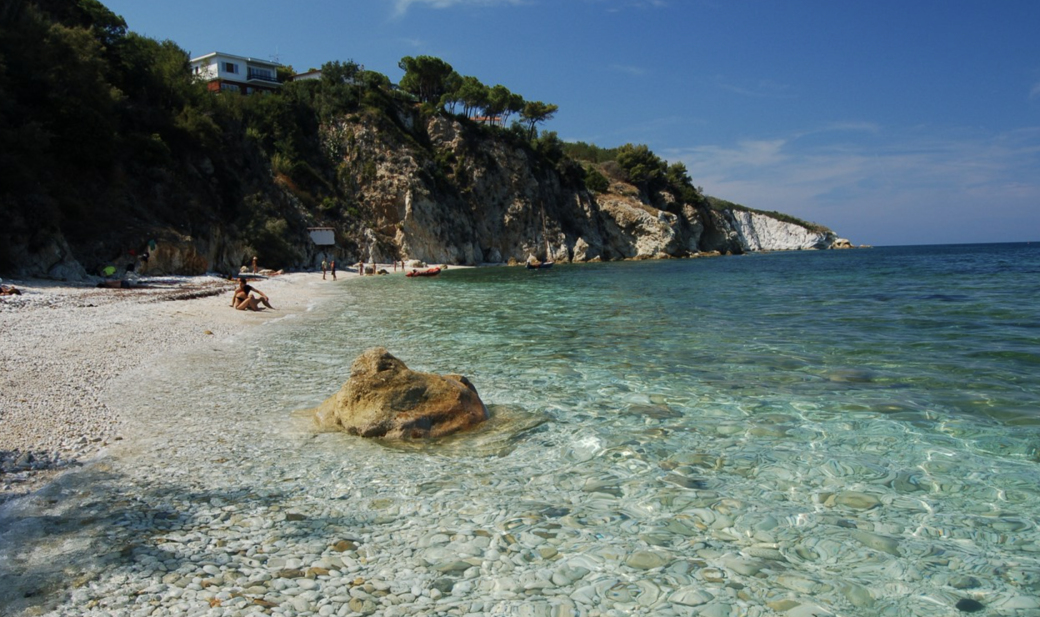 Cala dei Frati
Cala dei Frati
Cala dei Frati
A small beach located between the Ghiaie and Padulella beaches. It faces north, north-east and is well sheltered from winds ranging from Sirocco to the west. There are not many hours of sunshine available, because it is in the shade in the morning and goes into shade very early after lunch because of the high promontory above it. On sirocco days it has nothing to envy even to the Caribbean beaches.
Giglio Island
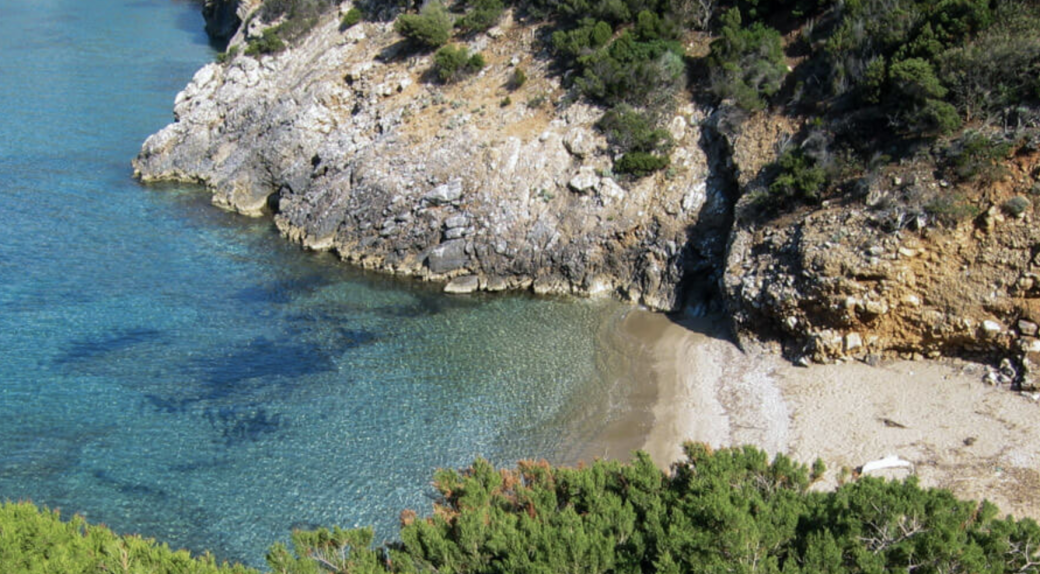 Spiaggia Petruso, Baia di Giglio Campese
Spiaggia Petruso, Baia di Giglio CampesePetruso Beach, Giglio Campese Bay
So called because it is as small as a 'pertugio', the Petruso Beach is located on the left side of the Campese beach. It offers wonderful seabeds and can be reached by boat or on foot with a walk of about 10 minutes.
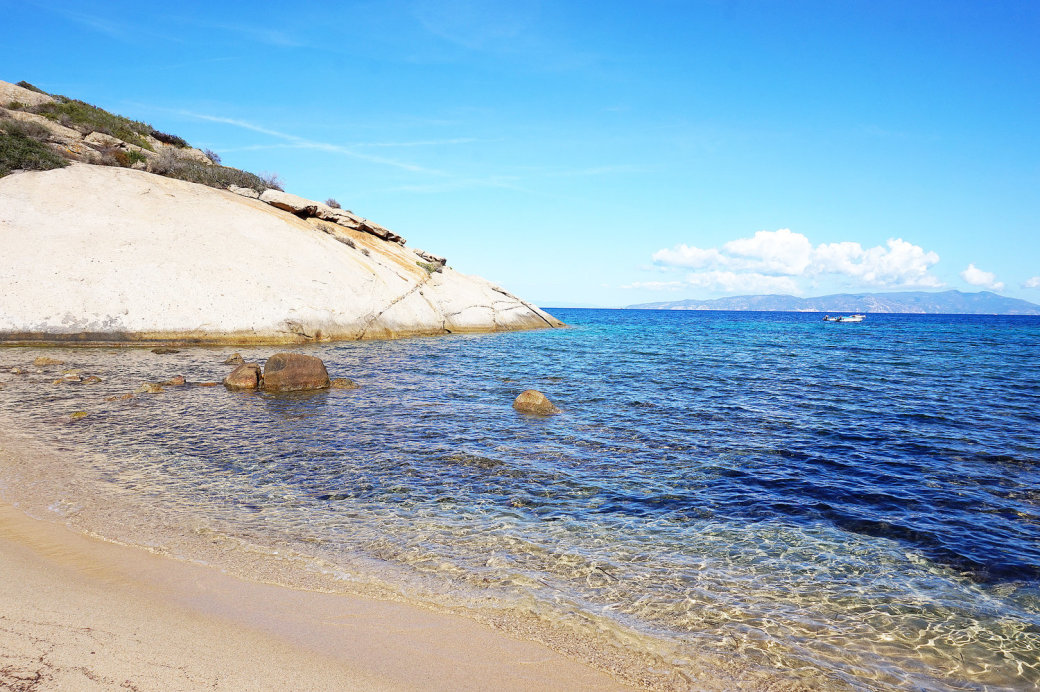 Cala Arenella
Cala Arenella
Arenella Beach
Also known as Cala dell'Arenella, this is one of the most famous beaches on Giglio Island and is located between Punta Arenella and Cala Cupa. It can be reached both by land and by sea thanks to the boats that leave on an hourly basis from Giglio Porto. With its fine, light-coloured sand and rocks that emerge as if by magic from the water, this beach boasts a crystal-clear sea, ideal for snorkelling, and thick vegetation that provides a little shade during the hottest hours.
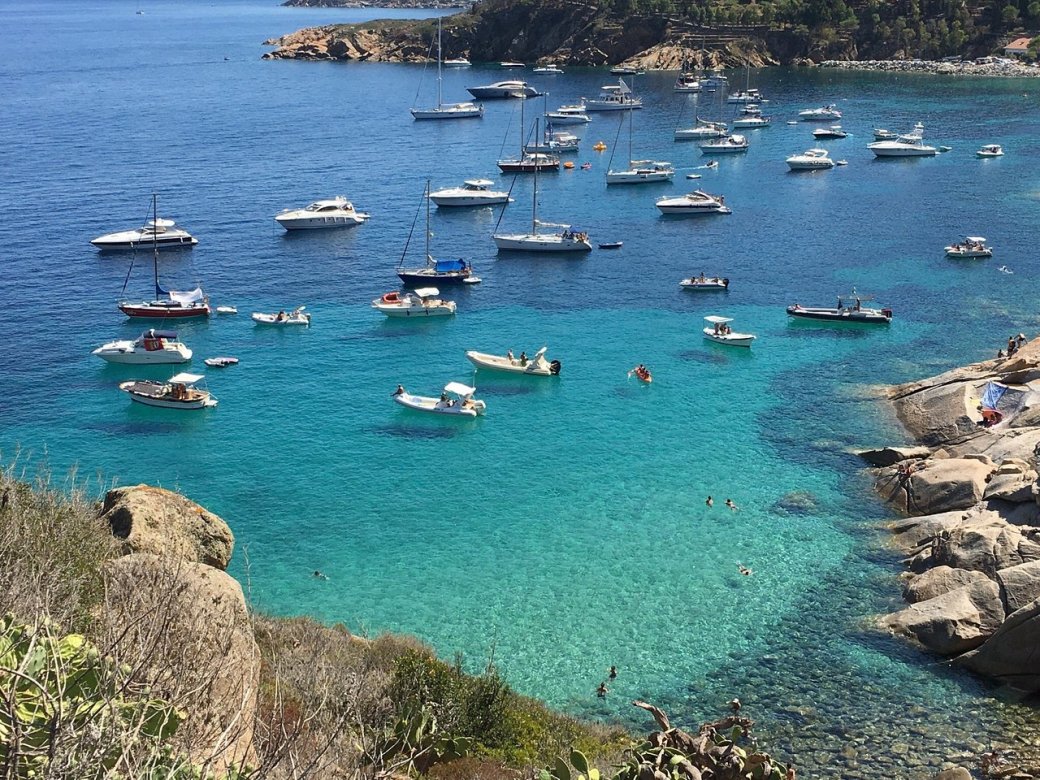 Cala dello Smeraldo
Cala dello Smeraldo
Emerald Cove
A charming alternative for those who want to experience unrepeatable moments immersed in crystal clear waters from which to admire the marine flora and fauna. The name emerald comes from the hypnotic colour of the sea that washes the surrounding rocky coastline.
Island of Capraia
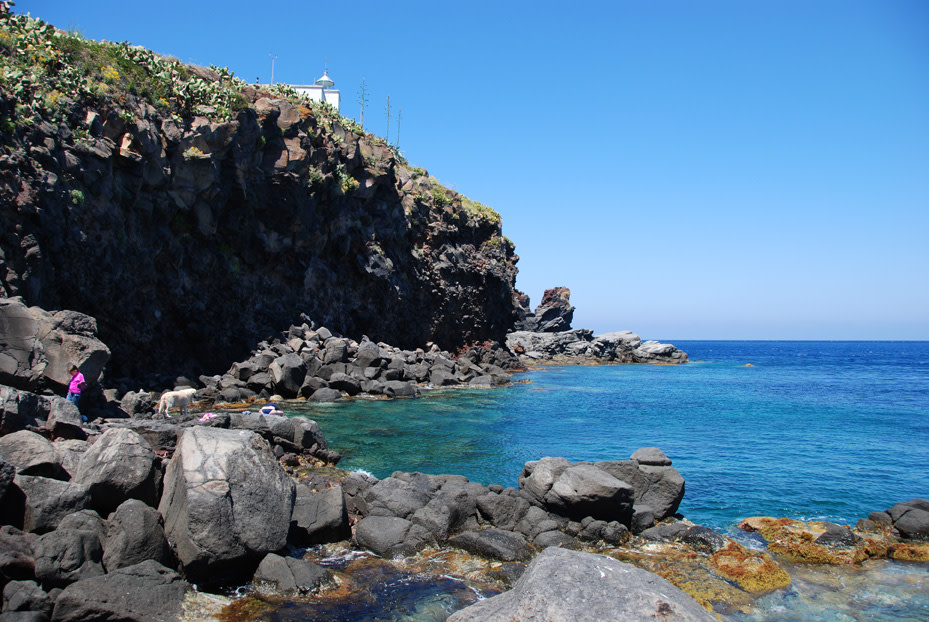 Cala San Francesco (ph visitcapraia.it)
Cala San Francesco (ph visitcapraia.it)Cala di San Francesco
A few minutes from the village, after the convent and the Church of S.Antonio, a short path leads to the rocks of the Cala di San Francesco. Continuing towards the lighthouse, you reach a beautiful cliff ideal for sunbathing and swimming along the coast.
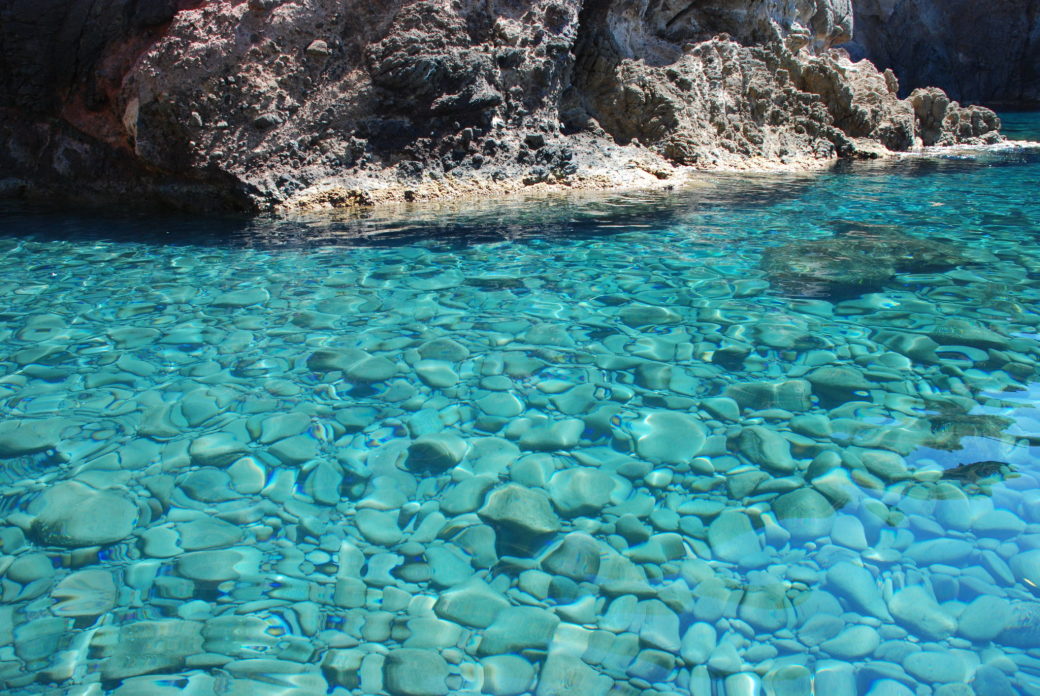 Cala del Reciso (ph visitcapraia.it)
Cala del Reciso (ph visitcapraia.it)
Cala del Reciso
There are several hypotheses about the origin of the name. The first one is that one of the two natural arches was once "cut", divided in two by a rock that later collapsed. The second hypothesis on the origin of the name is a crack in the left side of the cove, a real tunnel that leads to the nearby cove "Seno della Peruccia", which can only be glimpsed when passing in front of it.
To build your itinerary, do you also need some ideas for eating? Here is our advice on the best restaurants on the Tuscan islands!










